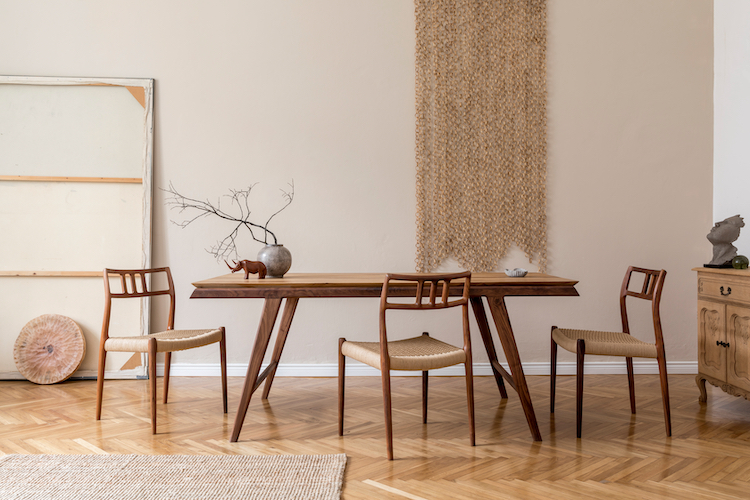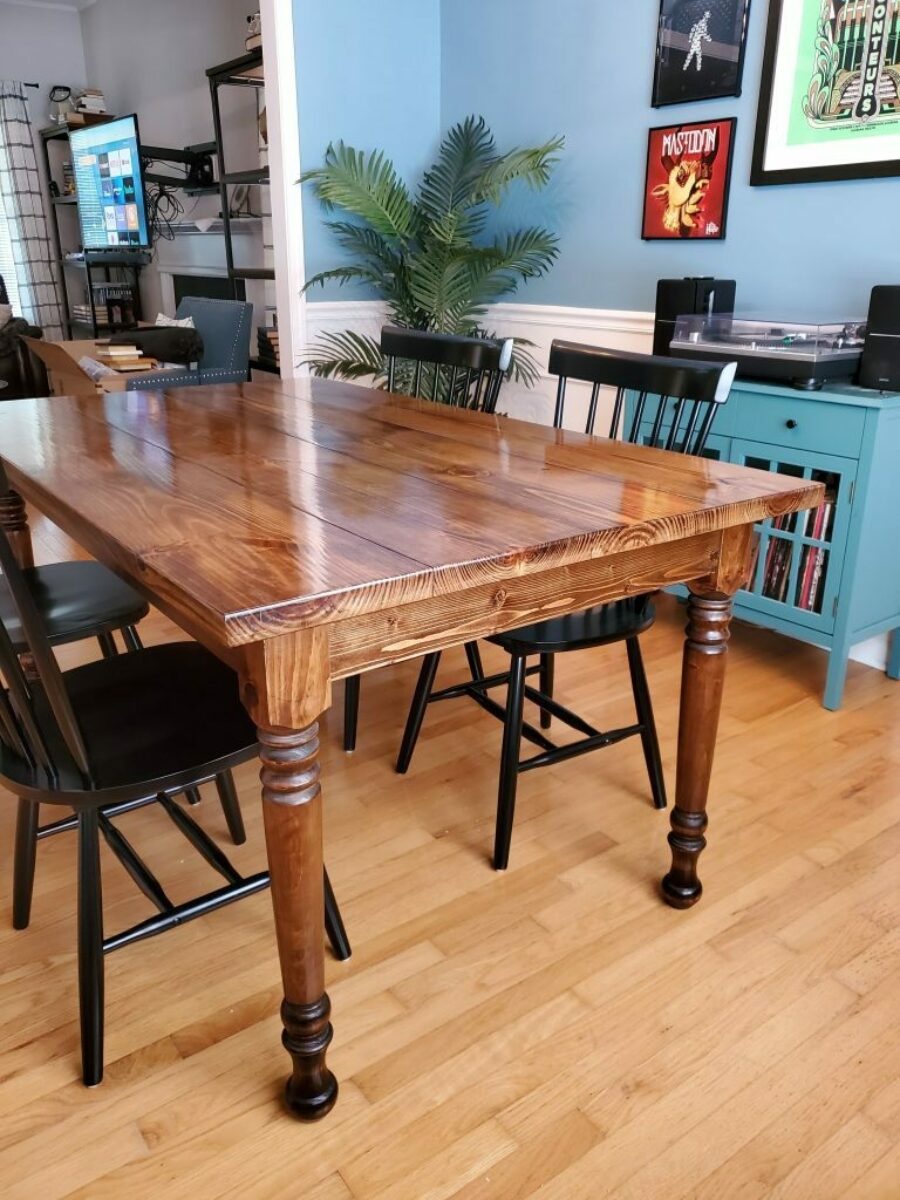Simple Steps to Replacing Old Dining Room Table Legs with New Ones
Simple Steps to Replacing Old Dining Room Table Legs with New Ones
Blog Article
How to Select the Perfect Eating Area Table Legs for Your Home Décor
Picking the optimal eating room table legs is a nuanced procedure that requires mindful consideration of various elements, including your room constraints, visual choices, and practical needs. The interaction in between materials, styles, and measurements can substantially influence the setting of your dining location, making it crucial to approach this decision systematically.
Assess Your Eating Space
Examining your eating space is critical for selecting the right table legs that complement both aesthetics and capability. Begin by gauging the measurements of your eating location, including ceiling elevation, floor room, and distance to various other furniture. This details will assist identify the suitable size and elevation of your eating table, which straight affects the selection of table legs.
Next, consider the design and layout of your eating area. As an example, an open-concept layout may take advantage of table legs that use visual lightness, such as slim steel or acrylic choices. Conversely, a much more typical setting might call for tough wood legs that provide a sense of durability.
Assess the existing shade scheme and materials in your eating location. Integrating the table legs with these components develops a natural look that boosts the overall design.
Ultimately, a thorough evaluation of your dining space will guide you in making a notified decision, making sure that your table legs not just enhance the visual allure but also offer useful functions.
Consider Your Design Preferences
When selecting dining-room table legs, it is vital to review your individual style preferences, as they substantially affect the total aesthetic of your eating room. Your choice of table legs can either complement or contrast with existing design, making it vital to straighten them with your favored interior decoration theme.
If your home leans towards a contemporary aesthetic, take into consideration smooth steel or minimalist wood legs that give a tidy, minimalist appearance. For an extra typical method, ornate wood legs with intricate makings can include a touch of style and refinement. Industrial styles gain from robust, raw products such as redeemed wood and metal combinations, reflecting a tough beauty.
In addition, farmhouse and rustic designs often prefer strong, beefy legs that evoke a feeling of heat and comfort. On the other hand, if your design is eclectic, you may choose non-traditional forms or a mix of materials to create visual interest.

Evaluate Material Options
The choice of material for dining space table legs plays a crucial role in both toughness and visual allure. Common materials include wood, metal, and composite options, each offering distinctive attributes that can affect the general look and durability of your table.
Wood is a traditional choice, recognized for its heat and versatility. Woods like oak and walnut offer exceptional strength and can be finished in various spots to match any kind of decoration. Softwoods like want are much more susceptible to scratches and dents, making them less optimal for high-traffic locations.
Metal legs, typically crafted from steel or light weight aluminum, exude modernity and commercial beauty. They are resistant and extremely resilient to use, making them ideal for families with children or regular celebrations (dining room table legs). In addition, steel can be ended up in different colors, enhancing the personalization opportunities
Composite materials, such as MDF or laminate, deal price and diverse styles. While typically much less sturdy than strong timber or metal, they can still provide an elegant look and are frequently easy to keep.
Ultimately, the product you select should align with your way of living, aesthetic preferences, and the degree of use your table will experience.
Determine Height and Size
Choosing the suitable elevation and size for your dining area table is crucial for both performance and comfort. The conventional elevation for dining tables commonly ranges from 28 to 30 inches, enabling enough legroom for a lot of individuals when seated. However, it is essential to think about the measurements of your eating space and the kinds of chairs you plan to use.

Moreover, consider the percentages of your eating room. A larger table in a sizable location can create a grand setting, while a smaller table works well in more intimate setups. Inevitably, the best height and dimension will integrate with your overall design and enhance the dining experience for you and your guests.
Explore Personalization Opportunities

In addition, the layout of the legs can be tailored to fit various styles, such as rustic, modern, or industrial. As an example, tapered legs can stimulate a mid-century contemporary feel, while beefy, block-style legs might resonate with conventional or farmhouse design.
Property owners can also discover shade surfaces, from natural timber spots to paint, enabling them to match or comparison with the table top and bordering style.
In addition, leg height can be gotten used to accommodate specific seating setups or individual choices, boosting both convenience and capability.
Last but not least, unique embellishments, such as carvings or attractive brackets, can better customize the table legs, More about the author making the dining experience not simply a meal yet a statement piece in the home. By taking into consideration these customization options, homeowners can develop an eating space table that really shows their individuality.
Conclusion
Choosing the excellent eating space table legs calls for cautious consideration of different factors, consisting of the dimensions of the dining room, design preferences, material longevity, and preferred height. Personalization choices even more improve the capacity to achieve a cohesive visual that enhances the overall decor. By systematically reviewing these aspects, property owners can guarantee that the picked table legs not only accomplish useful needs but also contribute favorably to the eating experience and setting of the home.
Choosing the perfect eating area table legs is a nuanced process that calls for cautious factor to consider of different components, including your about his area restraints, aesthetic preferences, and practical demands.Examining your dining space is important for selecting the right table legs that enhance both aesthetics and capability.When figuring out dimension, determine the area where the table will be positioned to ensure it fits conveniently, enabling for at least 36 inches of clearance around the table for simple activity. A larger table in a large area can produce a grand ambiance, while a smaller table works well in more intimate settings.Choosing the excellent dining space table legs requires mindful straight from the source consideration of different factors, including the dimensions of the eating room, design preferences, material durability, and wanted elevation.
Report this page